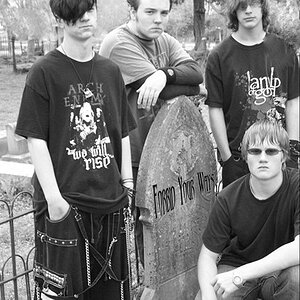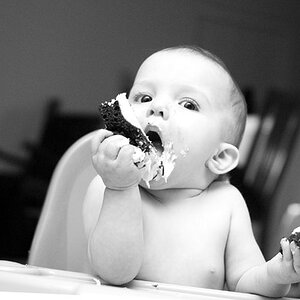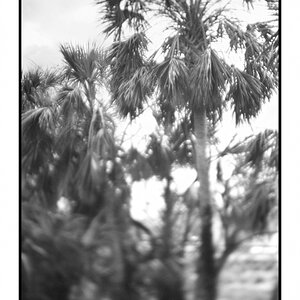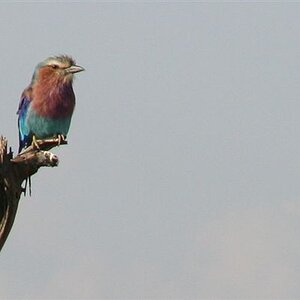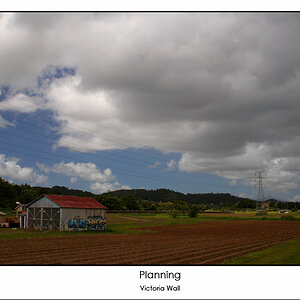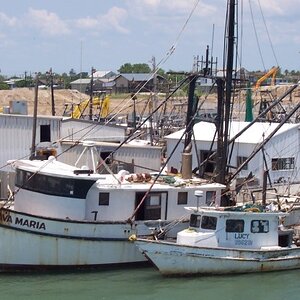putrescent82
TPF Noob!
- Joined
- Aug 16, 2013
- Messages
- 8
- Reaction score
- 0
- Location
- Florida
- Can others edit my Photos
- Photos OK to edit
Hello all I am a beginner learning astrophotography and was hoping I could get some advice on what I am doing wrong. Below are my shots I made tonight as well as my settings I was using. Also how would I set my 18-55 and 55-300 to infinity mode I cant figure that out. I shoot f3.5 ISO 800-3200 10-30 second shots.
Gear:
Nikon D3100
18-55
55-300
tripod


Gear:
Nikon D3100
18-55
55-300
tripod






